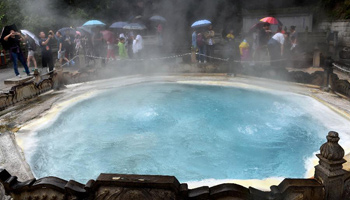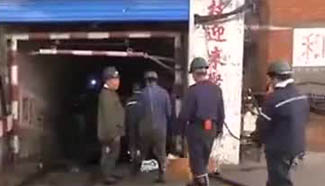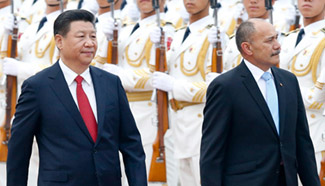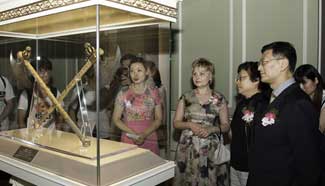Translation for table
China’s defense expenditure Stipend for military personnel: salaries, housing subsidies and food and clothing for officers and enlisted personnel, administrative staff and other employees Training costs: troop training, military education, construction and maintenance and other daily expenses Equipment costs: research, testing, purchase, repair, transport, storing of weapons and equipment
Remuneration for military personnel: The monthly salary for colonel-level officers was raised to 8,167 yuan, or less than 1,300 U.S. dollars, at the end of 2014. This is far below what is paid to their counterparts in the United States (9,000 U.S. dollars), in Singapore (8,500 U.S. dollars), in Japan (6,500 U.S. dollars) and in the Republic of Korea (4,500 U.S. dollars). Chinese officers at lower levels and civilian staff are paid even less.
Boosting training: The scale of China’s military training will expand and on more stringent requirements. Military drills with real weapons are costly. A standard shell costs 5,000 to 6,000 yuan. A missile costs millions. As China continues to equip its troops with advanced equipment, its training requirements will grow, so will its costs.
Rising spending on equipment: Research, production and maintenance of weapons need money. They take a sizable share of military spending by every country in the world. China is in the midst of replacing old weapons of the 1970s and 1980s with more advanced equipment, which has become increasingly expensive to buy, maintain and upgrade.
As China continues to exert greater influence on the world stage, its military is also actively taking on more international responsibilities. China has to fund peacekeeping and escort efforts. Take the escort mission in the Gulf of Aden, which China joined in 2008, as an example. It requires hefty funding. A naval vessel burns 1,000 tonnes of fuel over a four-month escort mission, costing 8 million yuan. An extended period of escorting duty would burn 30 million yuan worth of fuel, let alone other expenses.
Of the five permanent members of the United Nations Security Council, China has sent the most troops on peacekeeping missions. China shoulders the heaviest responsibilities for international missions among all developing countries. It has participated in no active wars in the past three decades, making it the most peaceful superpower. As China’s defense-building ensures the protection of the legitimate rights of one of the world’s most peaceful countries, other countries will also benefit from its growing strength.










